Over-fermented Fruit Fermentation Using Wio Terminal
About the project
Monitoring over-fermented fruits by using WIO Terminal and Multichannel Gas Sensor, connected to Qubitro Cloud through MQTT.
Project info
Difficulty: Moderate
Platforms: Microsoft, Seeed Studio, PlatformIO
Estimated time: 7 hours
License: GNU General Public License, version 3 or later (GPL3+)
Items used in this project
Software apps and online services
Story
The Wio Terminal is a SAMD51-based microcontroller with Wireless Connectivity powered by Realtek RTL8720DN that’s compatible with Arduino and MicroPython. Currently, wireless connectivity is only supported by Arduino. It runs at 120MHz (Boost up to 200MHz), 4MB External Flash and 192KB RAM. It supports both Bluetooth and Wi-Fi providing backbone for IoT projects. The Wio Terminal itself is equipped with a 2.4” LCD Screen, onboard IMU(LIS3DHTR), Microphone, Buzzer, microSD card slot, Light sensor, and Infrared Emitter(IR 940nm). On top of that, it also has two multifunctional Grove ports for Grove Ecosystem and 40 Raspberry pi compatible pin GPIO for more add-ons (https://wiki.seeedstudio.com/Wio-Terminal-Getting-Started/).
WIO Terminal
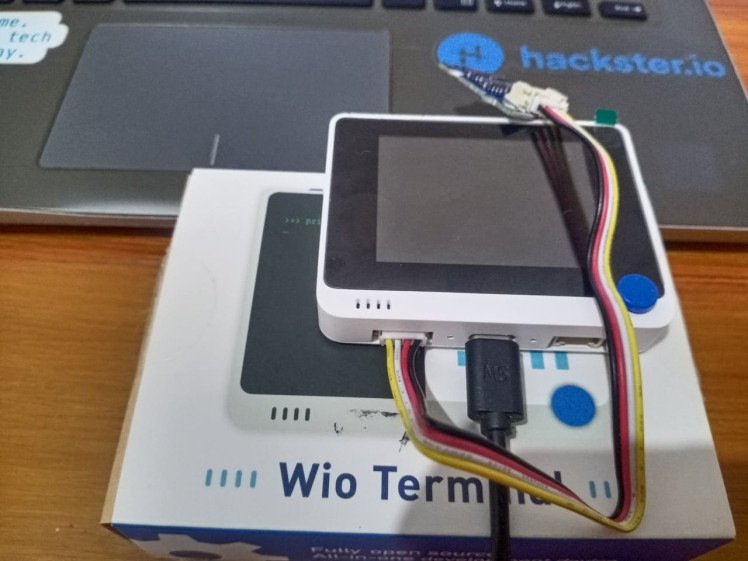
WIO Terminal
Grove - Multichannel Gas Sensor V2 has 4 measuring units, each of them is sensitive to various kinds of gases, which means you are able to get four sets of data at the same time. And different sorts of gases can also be judged by these four sets of data. The gas sensor used in this module is based on MEMS technology and has the advantage of being in a small size with considerable measurement stability and is more suitable for qualitative than quantitative measurement (https://wiki.seeedstudio.com/Grove-Multichannel-Gas-Sensor-V2/).
Features
- Four fully independent sensor elements on one package.
- The ability to detect a variety of gases, besides Carbon monoxide (CO), Nitrogen dioxide (NO2), Ethyl alcohol(C2H5CH), Volatile Organic Compounds (VOC) and etc.
- Qualitative detecting, rather than quantitative.
- Compact size for easy deployment.
Qubitro is the fastest way to build IoT applications with predictable pricing, developer-friendly features, and scalability you’ll love (https://www.qubitro.com/). Qubitro provides a scalable, distributed, and fully-featured MQTT broker and does support all the behaviors specified in the MQTT v5.0, v3.1.1, and v.3.1 standards (https://docs.qubitro.com/client-guides/mqtt).
This project is built to experiment and monitor over-fermented fruits that involves the conversion of sugar to alcohol. This experiment lend to measure alcohol and volatile organic compound (VOC) on the gas produced in the fermentation process at the room temperature where yeast breaks down the fruit's sugars during fermentation process.
Fruit Fermentation
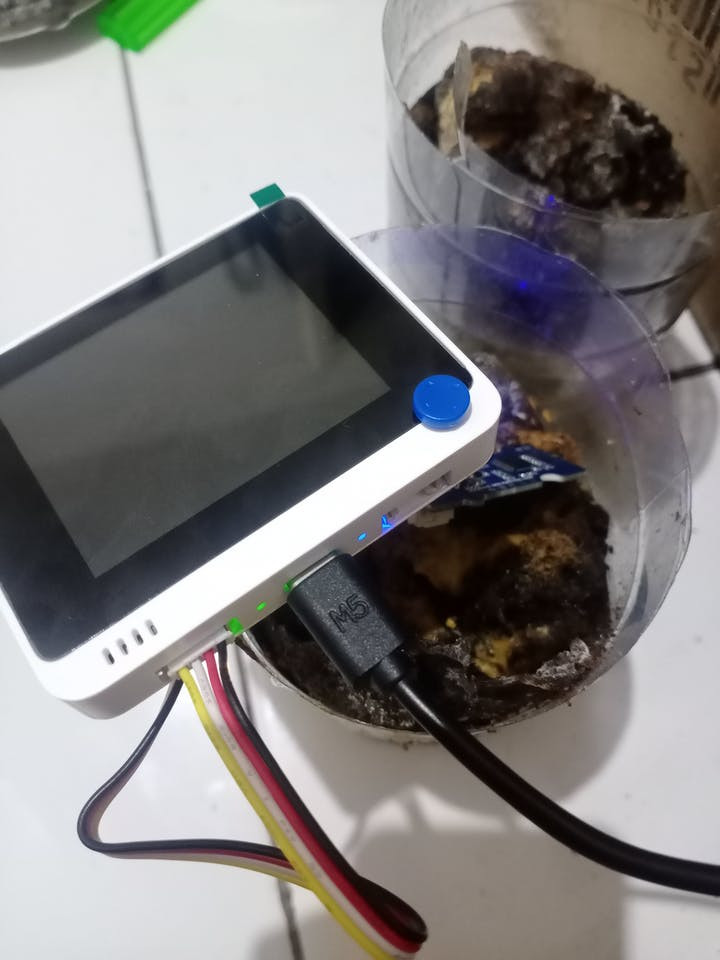
Fruit Fermentation
What is fermentation?Fermentation is the process of sugars being broken down by enzymes of microorganisms in the absence of oxygen. Microorganisms such as bacteria and fungi have unique sets of metabolic genes, allowing them to produce enzymes to break down distinct types of sugar metabolites. During fermentation, a variety of microorganisms are present in different proportions. The process is akin to a concert where different musicians (i.e. microorganisms) have their respective roles. Their cooperation produces beautiful music—our favorite fermented food. Therefore, when the types and numbers of microorganisms are changed, the taste of fermented food can also change dramatically. That is also why food companies take extreme care to safeguard their recipes and maintain their biobanks of microorganisms (https://www.labmanager.com/insights/the-science-of-fermentation-1432).
Three basic forms of fermentation:- Lactic acid fermentation: During this anaerobic process, starches or sugars are broken down to produce lactic acid, among other waste products. Lactic acid bacteria not only protect foods from microbial spoilage, they protect the body from microbial disease. Lactic acid fermentation is commonly used in the production of foods like yogurt, pickles, and sauerkraut.
- Ethanol (or alcohol) fermentation: In this type of fermentation, pyruvate molecules in sugars are broken down by yeasts into alcohol and carbon dioxide molecules to produce wine and beer, as well as bread.
- Acetic acid fermentation: This oxidation process converts sugars from grains or fruit into sour tasting vinegar and condiments. Hence, the difference between apple cider and apple cider vinegar used for cooking.
Source: https://www.labmanager.com/insights/the-science-of-fermentation-1432
Now, we can connect the fermentation process on Qubitro Cloud to monitor produced gas in real-time.
Qubitro Dashboard
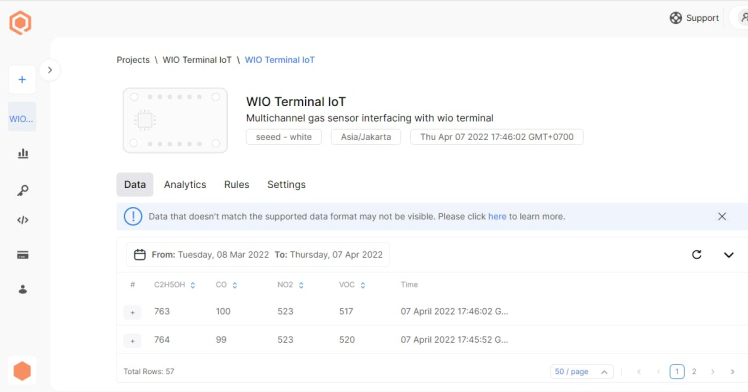
Qubitro Dashboard
Fermentation Monitoring
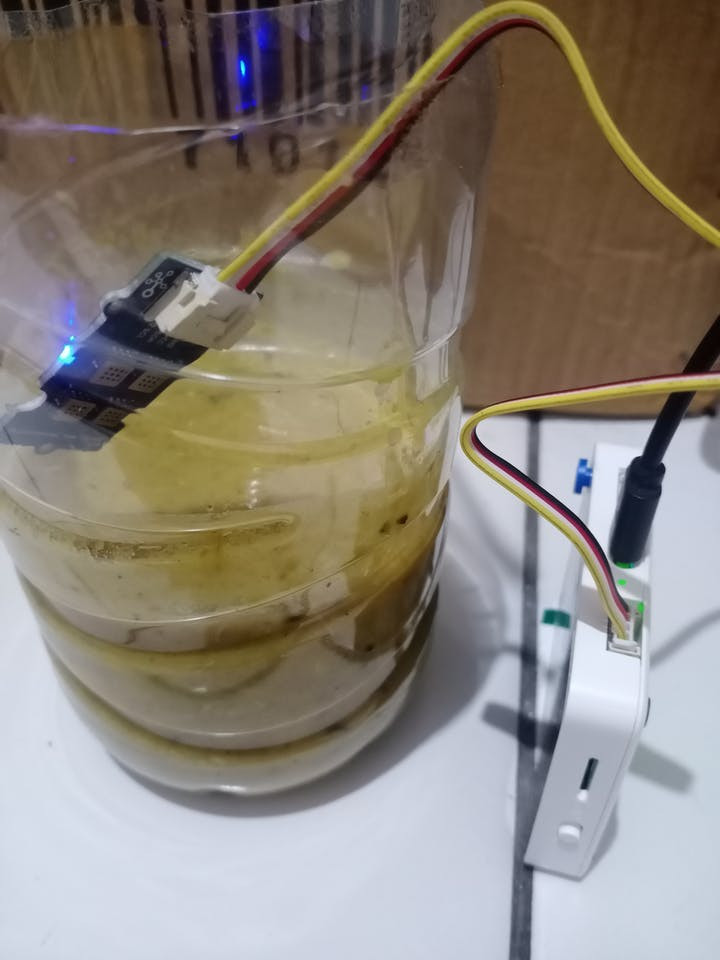
Fermentation Monitoring
Data Visualization
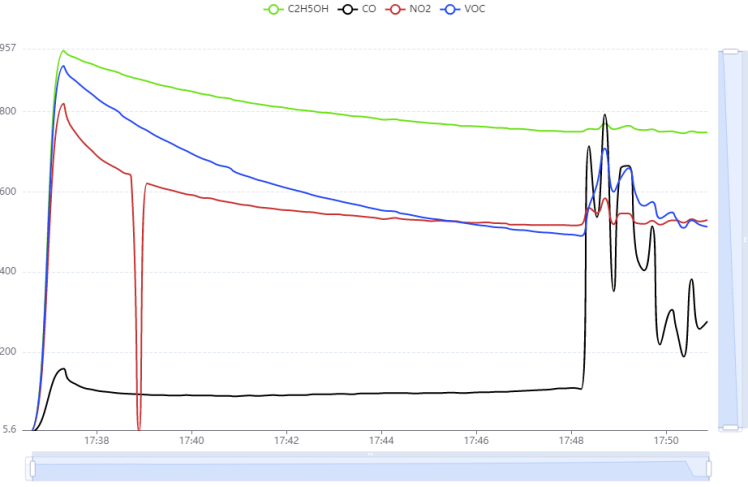
Data Visualization


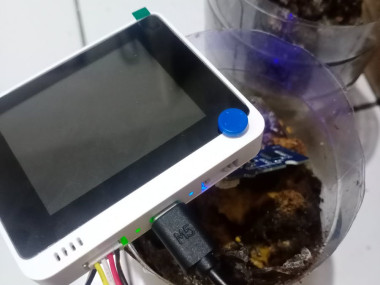



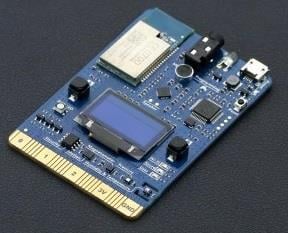


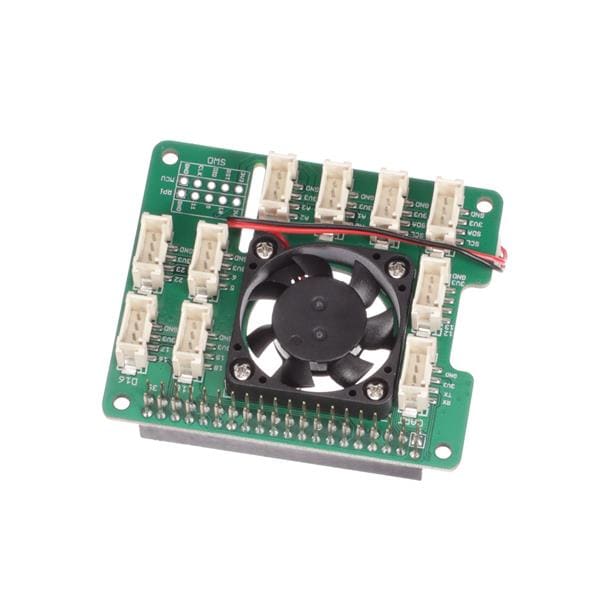

Leave your feedback...